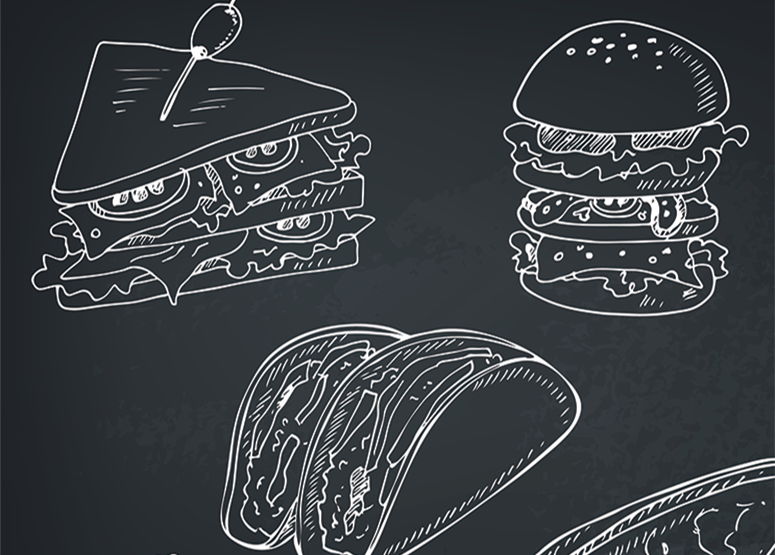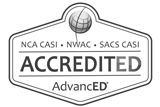317.878.2106
Welcome to Indian Creek Schools!
NHJ offers breakfast and lunch every day to all students. Students will be charged for lunches based on their free, reduced, or paid eligibility. If you think your family will qualify for free or reduced-priced meals and you have not received a letter stating that the child has already qualified for the 2025-2026 school year, complete and return a Free/Reduced Price Meal Application to be processed to see if your family qualifies for meal and textbook rental assistance. The meal application also has a textbook rental assistance section, which must be signed. Complete one application per household. An application can be found on our web page. Complete and return the application to the administration office or mail to:
Food Service Department
Universal Free Breakfast will continue to be offered to all students. Universal Free Breakfast means that no student, regardless of eligibility status, pays for their breakfast meal.
All students at NHJ have an individual prepaid cafeteria account and a PIN (personal identification number). The account will be used by your student to purchase meals or extra food items such as milk.
Cafeteria Information 2025-2026
Free and Reduced Parent Instructions
Meal Prices for this school year are as follows:
| BREAKFAST | Paid | Reduced |
|---|---|---|
| Indian Creek Elementary/Intermediate Schools: | $0.00 | $0.00 |
| Indian Creek Middle School | $0.00 | $0.00 |
| Indian Creek High School | $0.00 | $0.00 |
| LUNCH | Paid | Reduced |
|---|---|---|
| Indian Creek Elementary/Intermediate Schools: | $2.80 | $0.40 |
| Indian Creek Middle School | $2.85 | $0.40 |
| Indian Creek High School | $2.90 | $0.40 |
USDA is an equal opportunity provider, employer, and lender.

A FOCUS ON NUTRITION
As part of the National Breakfast Program and School Lunch Program, NHJ offers healthy, nutritious meals to all students each day.
Menus - December
Elementary and Intermediate School Breakfast
Elementary and Intermediate School Lunch
Middle and High School Breakfast
Menus - January
Elementary and Intermediate School Breakfast
Elementary and Intermediate School Lunch


Lunch Debt Reduction Fund
Indian Creek Schools believes that no child should ever go hungry. We never turn away a student who is unable to pay for their lunch, ensuring every child has access to a nutritious meal. If you would like to help support students in need, please consider making a donation to the school lunch debt reduction fund through the Indian Creek Education Foundation. Together, we can make a difference and ensure that every student is nourished and ready to learn!
MEAL PAYMENT
Cafeteria account payments must be made in advance and may be made in several ways.
Cash or check payments made out to "NHJ Schools" may be sent with students to school in an envelope marked with the student’s name and amount enclosed. ICES and ICIS students give payments to their teacher. ICMS and ICHS students should drop cafeteria payments into the drop box located in the school’s main office first thing in the morning.
Students should not make payments in the cafeteria during serving times.
Parents may also make credit card payments or payments from their bank account through your Infinite Campus Parent portal.

OUR MISSION
To provide nutritious meals at an affordable cost to all students.
To provide healthy options children will both eat and enjoy.
To provide a variety of different foods from the five food groups.
Understanding the Lunch Line: A Parent's Guide
Join us each morning, breakfast is a great way to kick off your child's day!
Breakfast choices are a little different. Students must take at least 3 of the offered items ·at breakfast, one must be a fruit or vegetable.
FOOD ASSISTANCE
Find out distribution details and times for Gleaners Food Bank and other organizations serving Johnson and Morgan counties.
FREQUENTLY ASKED QUESTIONS ABOUT FOOD SERVICE
How do I apply for textbook rental assistance for my children?
The meal application is also the textbook rental application. All students will receive free meals his year, but families must complete a meal/textbook rental assistance application to see if they qualify for TBR assistance. They must be approved for TBR assistance to qualify for P-EBT payments as well.
What are the policies regarding negative school meal balances on my account?
What type of food is offered to my child?
How do I notify the school if my child has a food allergy?
Where do I find information about my child's rights regarding food service?
How can I apply for a Food Service position?






